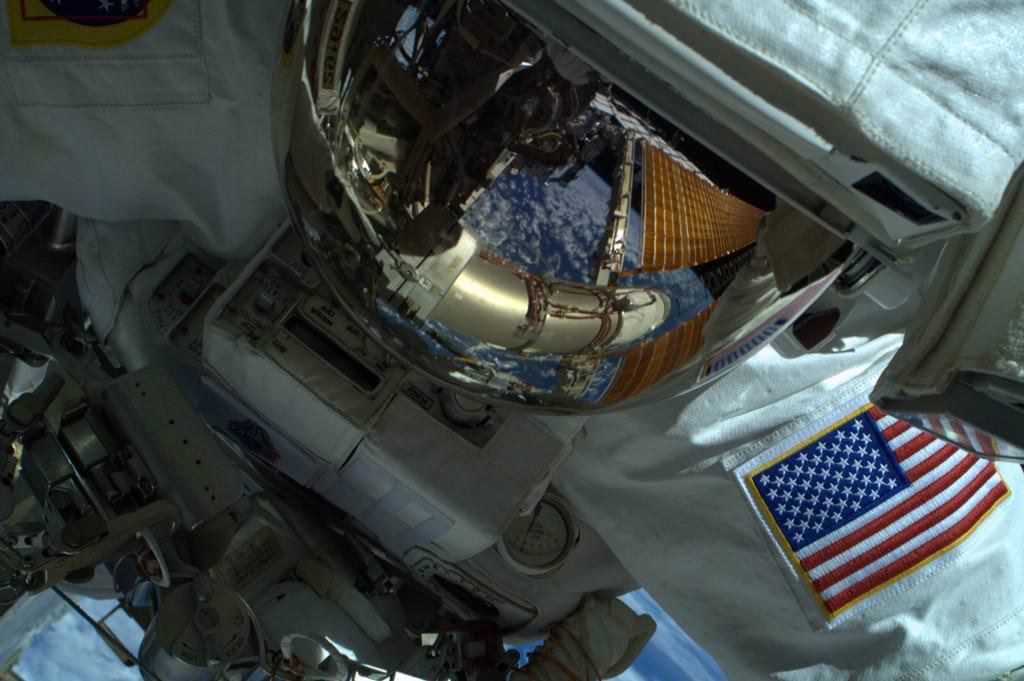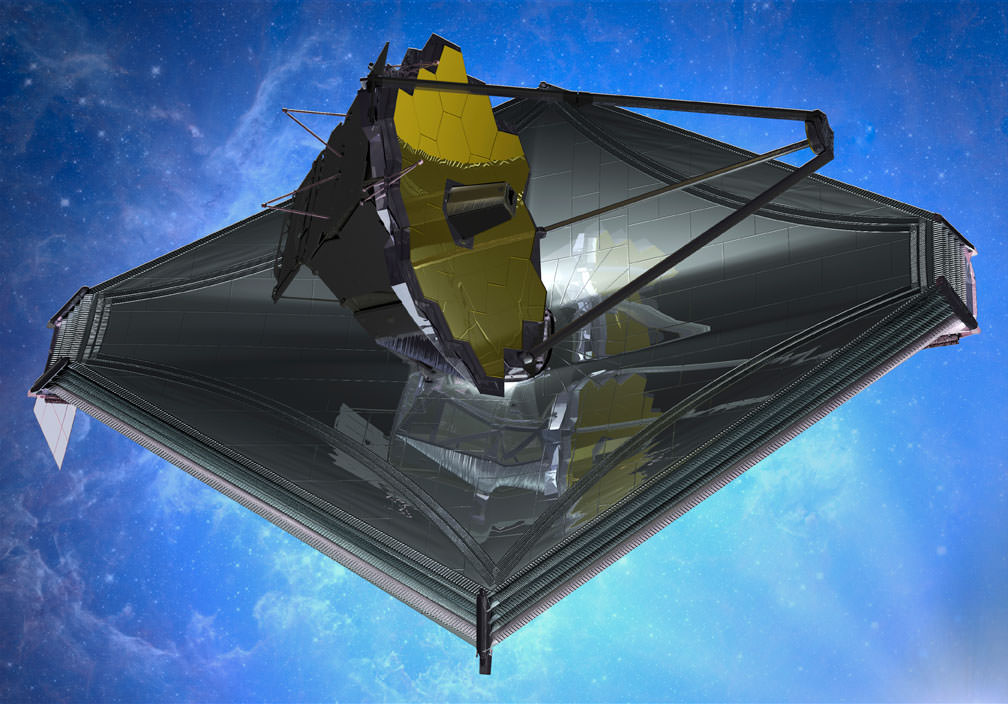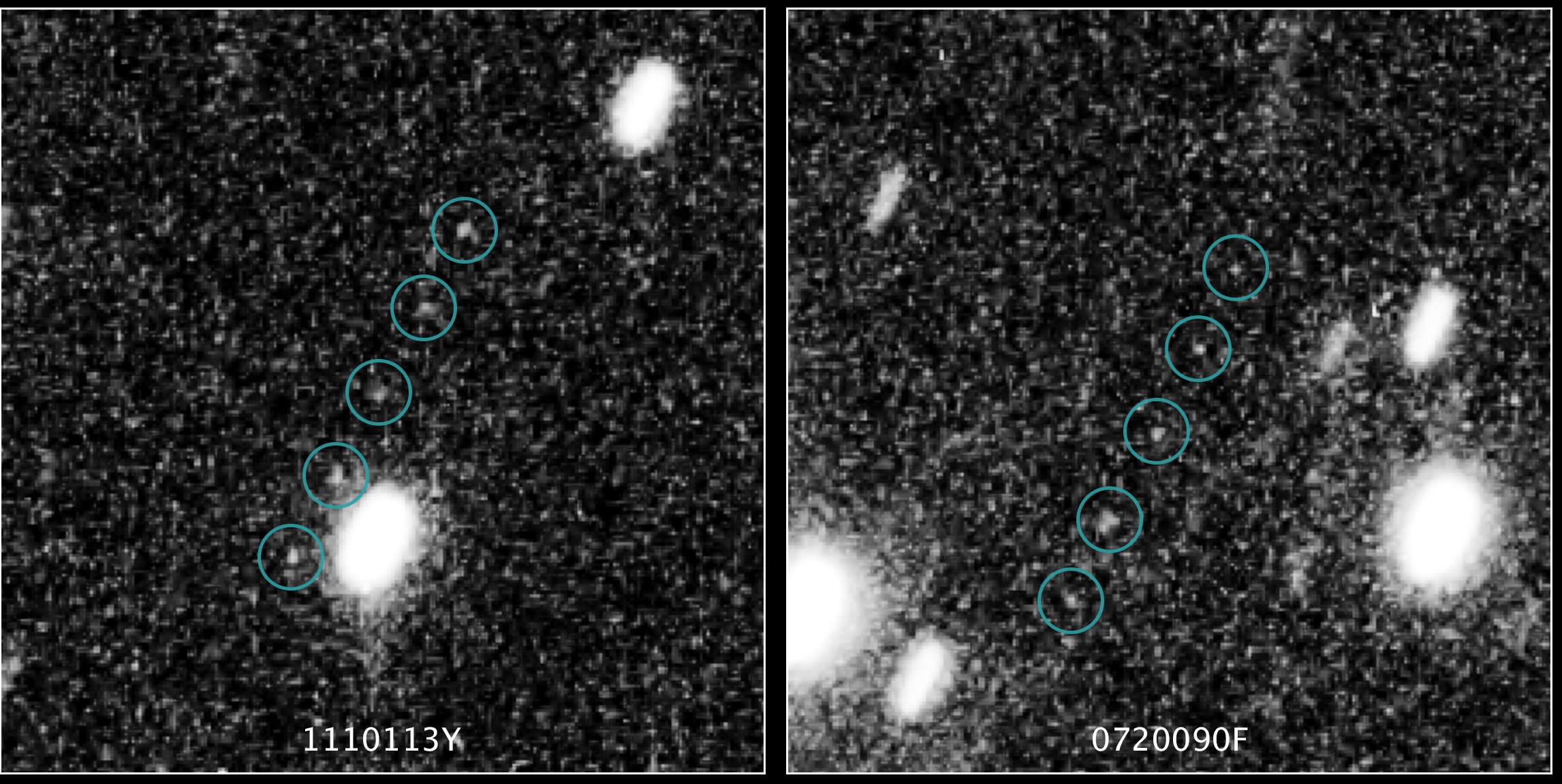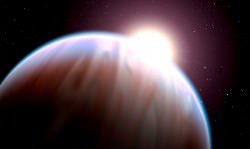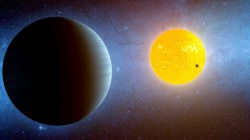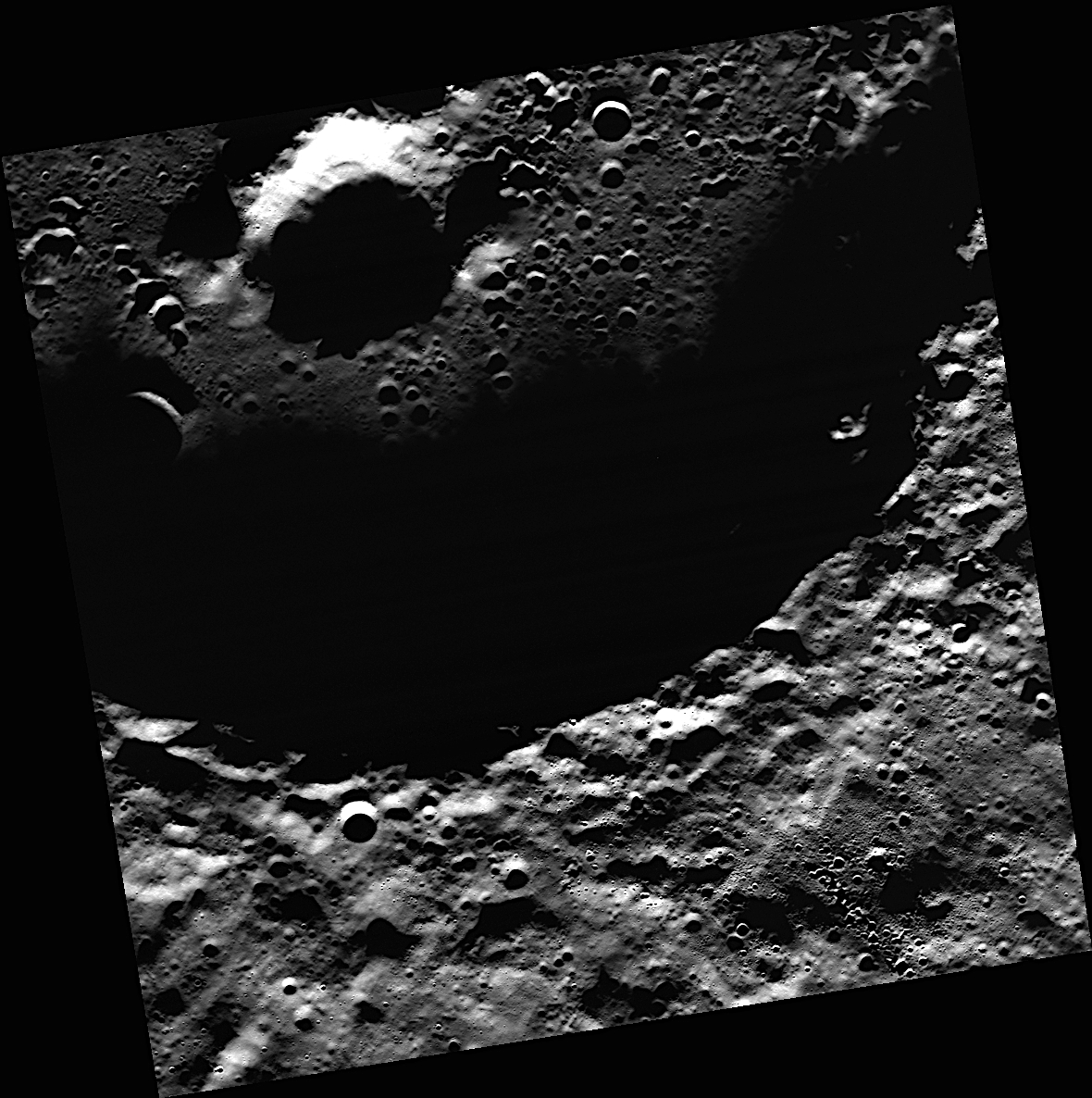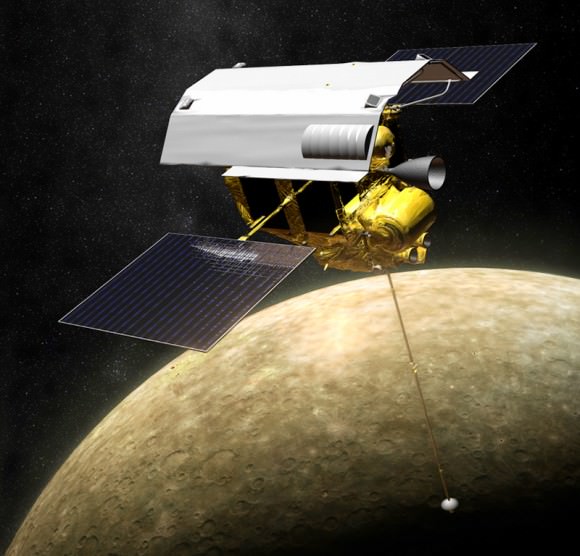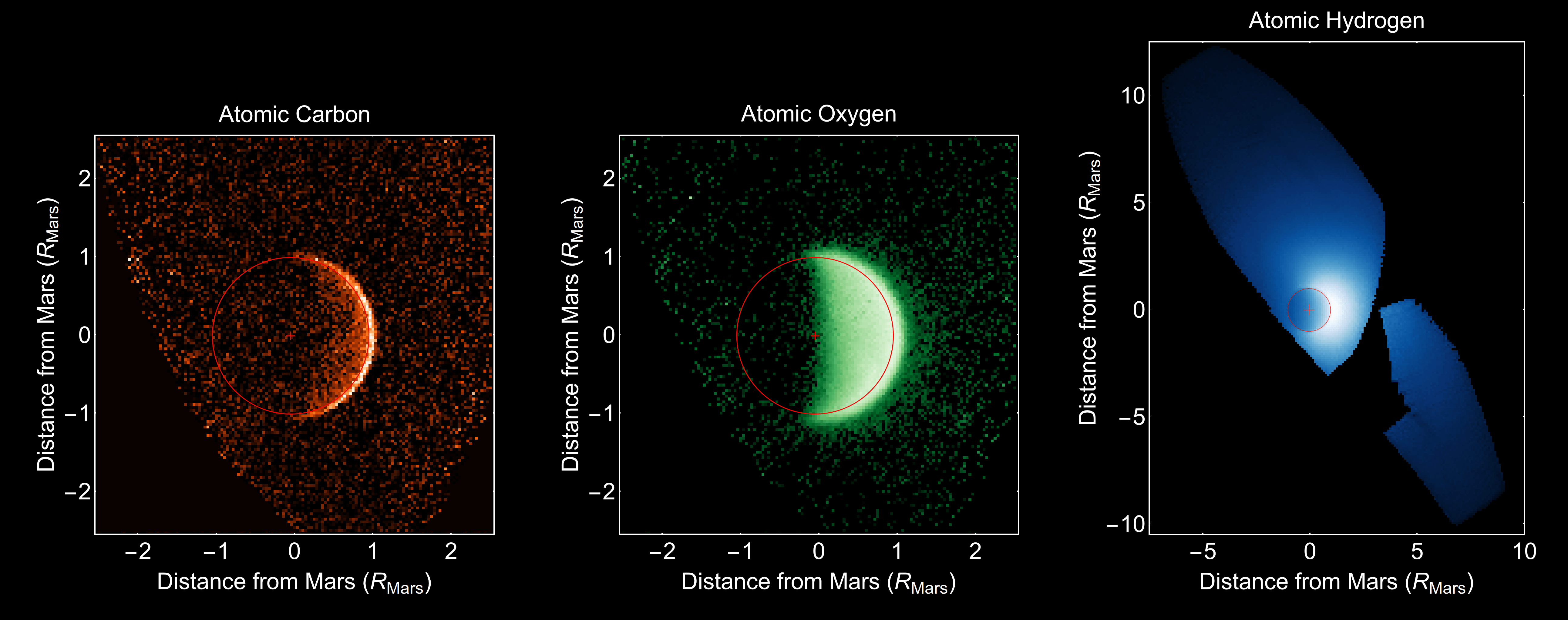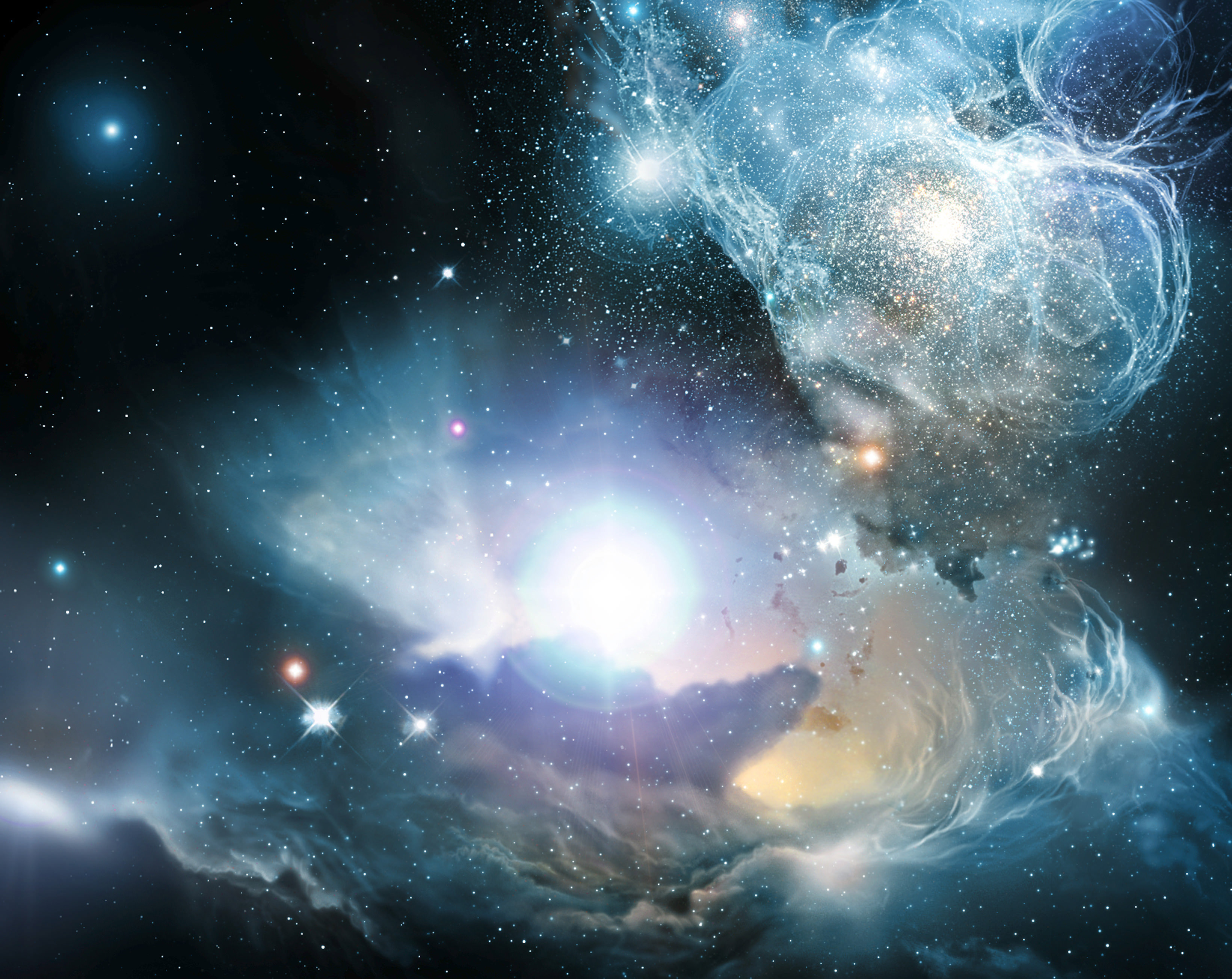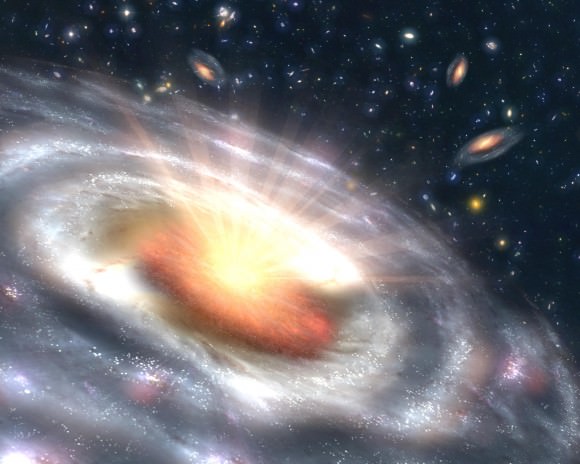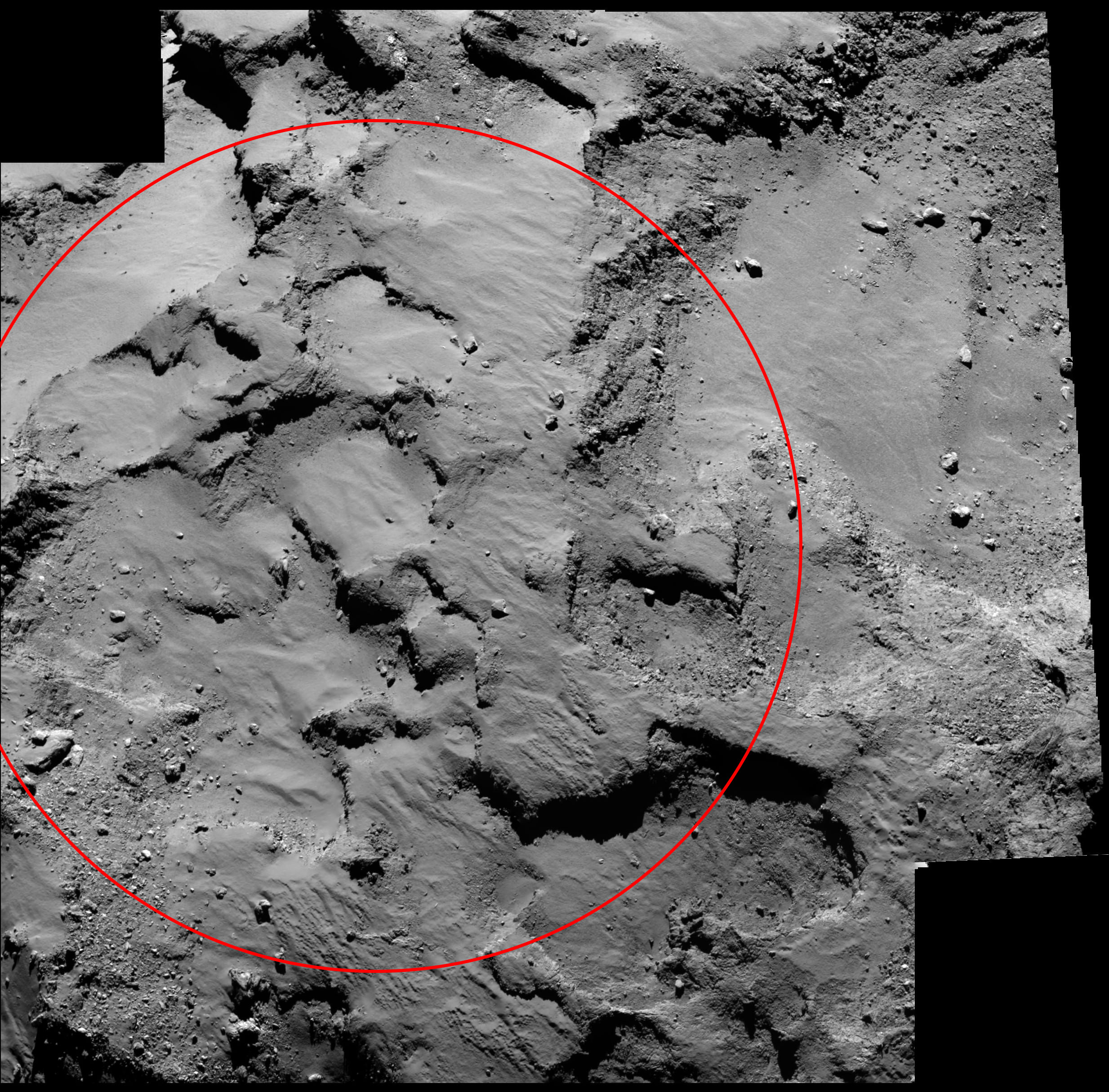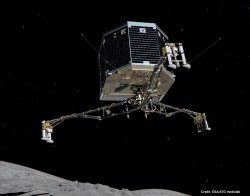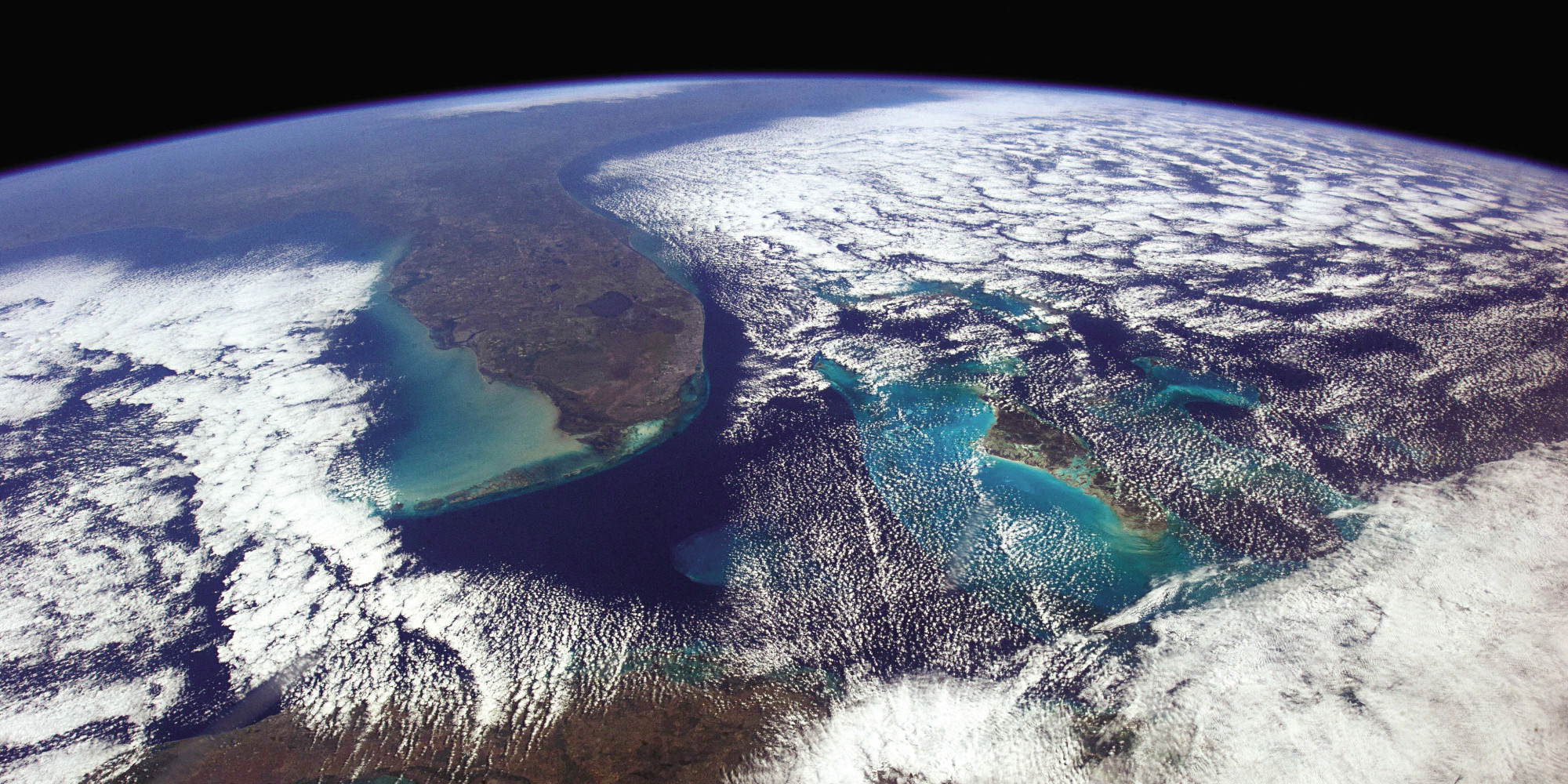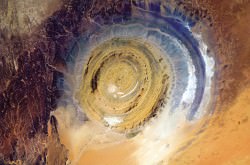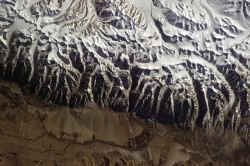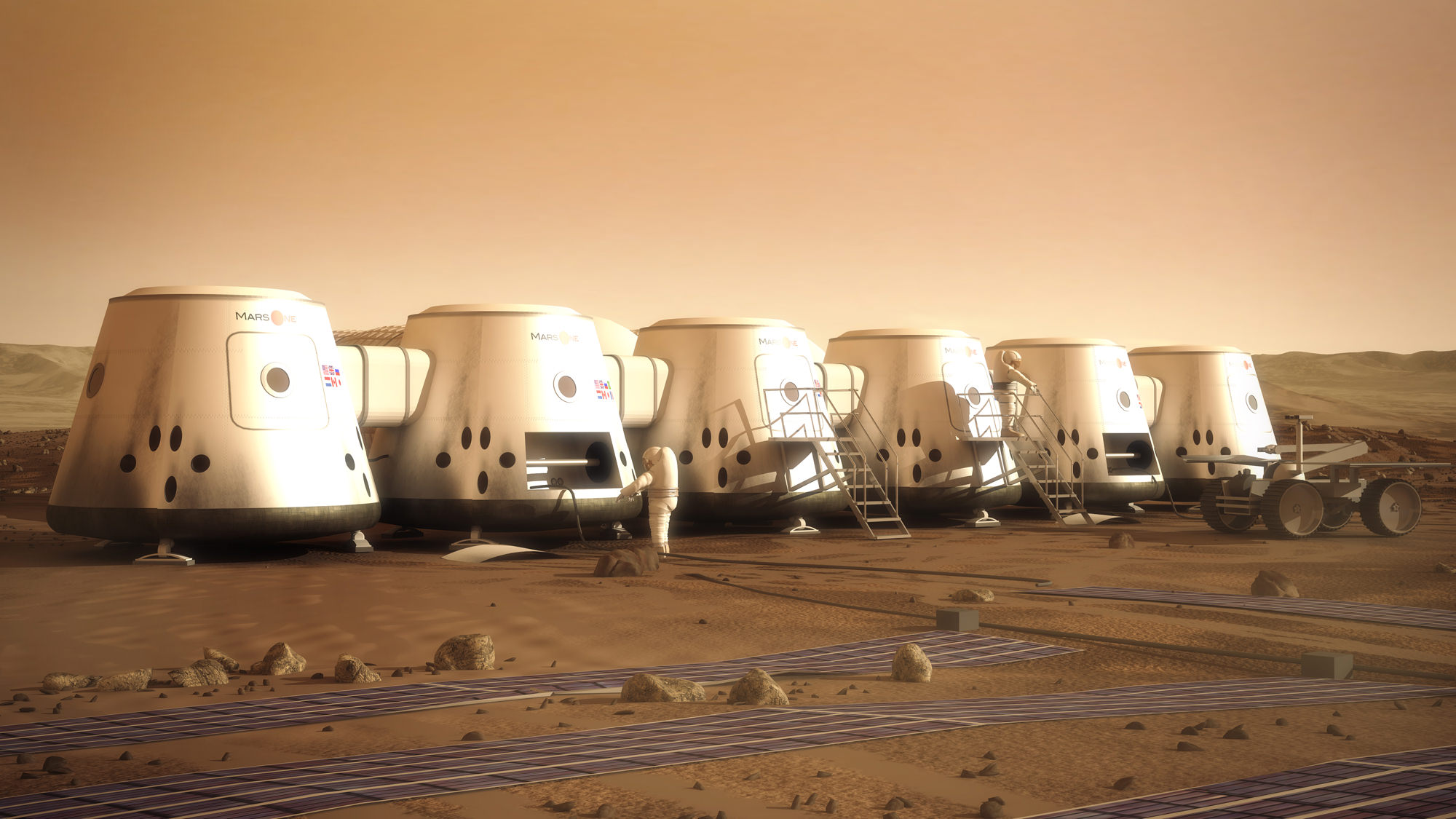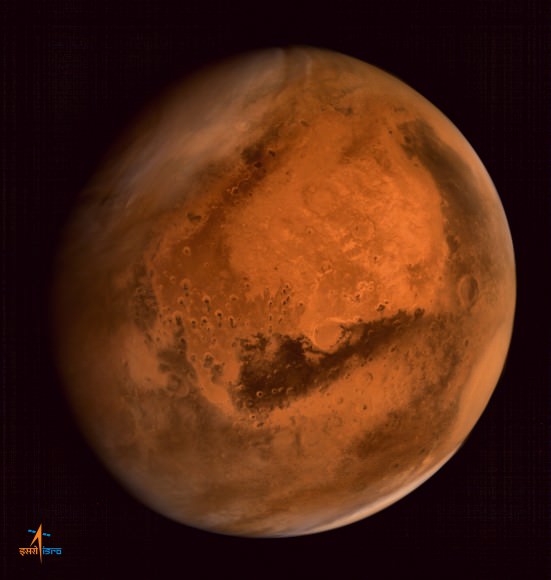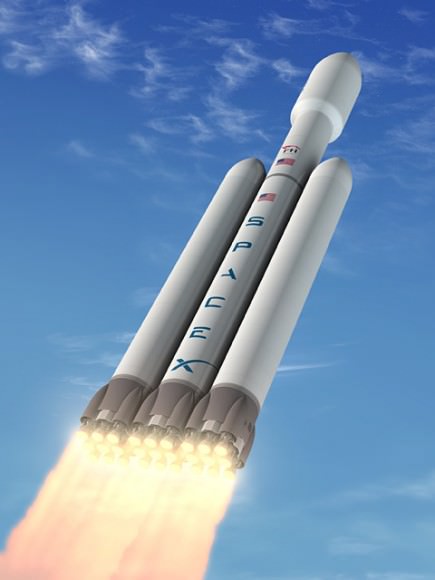What a view! NASA’s Reid Wiseman and Butch Wilmore spacewalked successfully yesterday (Oct. 15) for more than 6.5 hours, replacing a faulty camera as well as a broken power regulator that was reducing the amount of power available on the International Space Station. The astronauts also shifted equipment to get ready for some bigger upgrades on station to prepare for commercial spacecraft arriving in 2017.
Check out the stunning pictures from the spacewalk below.
Here’s a quick rundown of tasks for today’s #ISS #spacewalk by @astro_reid & #AstroButch: http://t.co/JB95jSoYdz
— Intl. Space Station (@Space_Station) October 15, 2014
Unique perspective of an #ISS solar array from today’s #spacewalk pic.twitter.com/yXSrO1YG1B
— Reid Wiseman (@astro_reid) October 15, 2014
What’s through the tiny window? Today’s #spacewalk duo is on the other side of the airlock hatch. pic.twitter.com/TgTdiF4axp
— NASA (@NASA) October 15, 2014
.@Space_Station spacewalk continues to go well as @astro_reid (left) joins #AstroButch atop the #ISS Harmony node. pic.twitter.com/tsapufeWPI
— Intl. Space Station (@Space_Station) October 15, 2014
Mission Control – Houston is a windowless room…with a view that is out of this world! cc: @astro_reid @astro_ricky pic.twitter.com/ey1YDNuDc7
— Douglas H. Wheelock (@Astro_Wheels) October 15, 2014
#AstroButch cinches up cables of wireless antenna system that provides helmet cam views of #ISS #spacewalks. pic.twitter.com/TdEPPE3KBh
— Intl. Space Station (@Space_Station) October 15, 2014
Welcome back! @Astro_Alex pulls #AstroButch into equipment lock of #ISS Quest airlock after successful #spacewalk. pic.twitter.com/Q1qjY0FJZv
— Intl. Space Station (@Space_Station) October 15, 2014
“;) – this was after the EVA…” #AstroButch @astro_reid pic.twitter.com/UzBDVQWP24
— NASA Astronauts (@NASA_Astronauts) October 15, 2014

